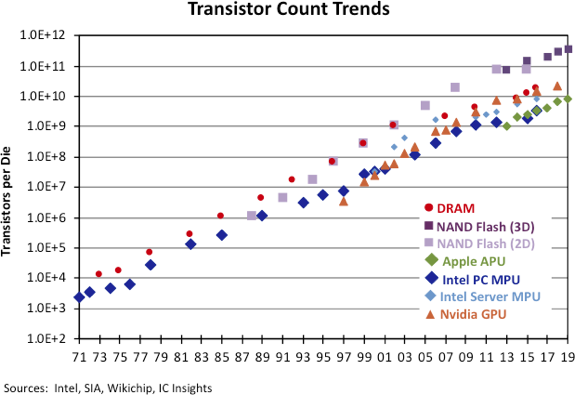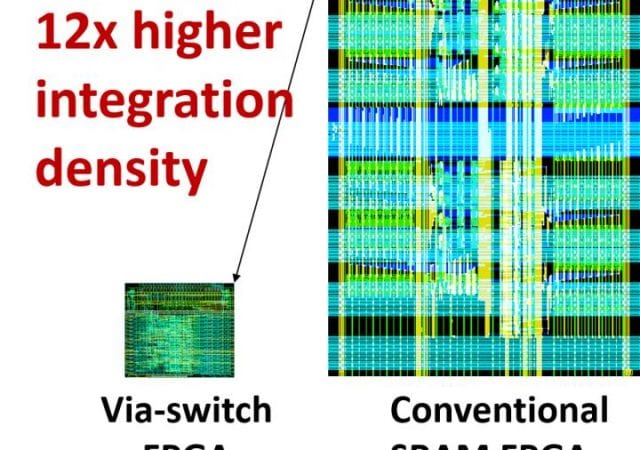Renesas Electronics Corporation (TSE:6723), a premier supplier of advanced semiconductor solutions, today introduced a next-generation wideband mmWave synthesizer with the industry’s highest performance and unique set of features optimized for 5G and broadband wireless applications. The flagship 8V97003 device is ideal as a local oscillator (LO) for mmWave and beamforming, or a precision reference clock for a high-speed data converter in numerous applications such as test and measurements, optical networking, and data acquisition.
AI
Synopsys Introduces Machine Learning-Based Auto Segmentation Module for 3D Image Processing
Synopsys, Inc. (Nasdaq: SNPS) today announced the release of a major update to Simpleware™ ScanIP software, which extends its capabilities for segmenting anatomical regions through a new module, Simpleware AS Ortho (Auto Segmenter for Orthopedics). This new product offering is a machine learning (ML)-based auto segmentation module that builds on Synopsys’ ScanIP software, a comprehensive solution for 3D image processing and segmenting images generated by computed tomography (CT) or magnetic resonance imaging (MRI) scanners.
Advent of 5G and AI Chip Manufacturing Renews the Need for Advanced Semiconductor Testing Systems
A surge in semiconductor test volumes and stringent test demands from the communication, consumer electronics, automotive and healthcare verticals are expected to revive the semiconductor industry following a sharp decline in revenues for the global semiconductor automated test equipment market in 2019.

Transistor Count Trends Continue to Track with Moore’s Law
Though growth rates in some product categories have slowed, doubling of transistors per chip every two years remains a guideline that the industry continues to follow.

A Flexible Brain for AI
Researchers at Osaka Univ. fabricate an energy efficient reconfigurable computing engine that can be rewired to optimize its performance for artificial intelligence tasks. This work may lead to inexpensive and eco-friendly custom machine learning hardware.
IKBFU Physicists Keep Improving ‘Smart’ Composites for Biomedical Sensors
IKBFU Physicists have successfully tested the new magnetic micro wire-based concept of “smart” composites production. The new composites are related to the multiferroic-class materials which have mutually controlled magnetic and electric properties. The effects observed in the compositions are considered to be a perspective platform for creating new devices from energy converters to highly sensitive sensors.
AI Chipmaker Hailo Raises $60 Million in Series B Funding
Hailo, the leading AI chipmaker delivering unprecedented performance to edge devices, today announced it has raised $60 million in Series B funding. The round, led by existing investors, was joined by key strategic investors including ABB Technology Ventures (ATV) – the strategic VC arm of ABB, a global leader in industrial automation and robotics; NEC Corporation – a leader in the integration of IT and network technologies; and London-based VC firm Latitude Ventures.
SEMICON Southeast Asia 2020 Postponed to August 2020
SEMI announced today that it is postponing SEMICON Southeast Asia 2020, the region’s premier event for…
BISTel Announces First Cloud Capable, A.I. Powered FDC System for Semiconductor Manufacturing
BISTel, the leading supplier of engineering automation and manufacturing A.I. applications announced today the semiconductor industry’s first cloud capable, A.I. powered, fault detection and classification system (FDC). The new FDC solution, called Dynamic Fault Detection (DFD) in the cloud, offers chipmakers a more comprehensive method for detecting faults.
Global Semiconductor Sales Down Slightly Year-to-Year in January
“The global semiconductor market got off to a solid start in 2020, with the industry nearly posting positive year-to-year sales growth for the first time in more than a year,” said John Neuffer, SIA president and CEO. “Still, the global market faces significant macroeconomic headwinds, including global trade unrest and ongoing concerns about worldwide spread of the coronavirus, which could limit continued market recovery.”